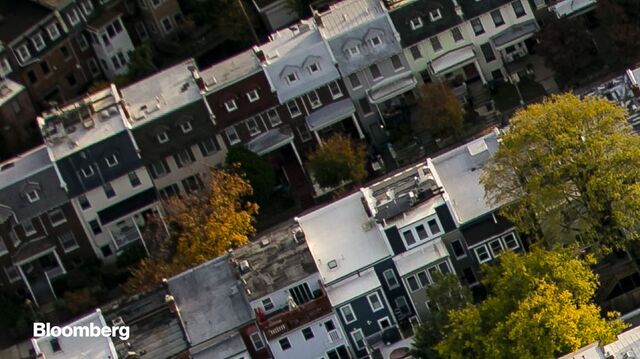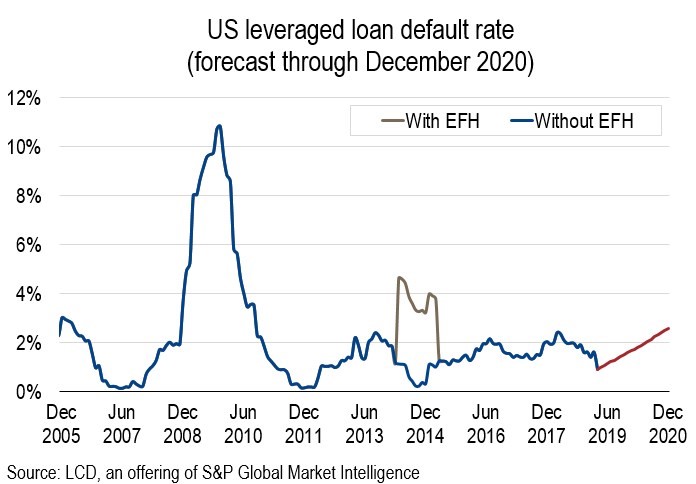
Evidence has been put forward suggesting informational and institutional barriers may hinder the accurate determination of climate-related risk in the US mortgage market (Keenan and Bradt 2020). It is lending from non-banks, rather than banks, that appears sensitive to the changing climate.Ĭentral banks and regulators have raised alarm bells over the financial stability implications of climate change and have voiced concerns about the extent to which climate risk is understood and appropriately managed at a firm level (Mandel et al.


Rate spreads are higher still in areas where the number of hot days is projected to be extreme. Second, for the contiguous US states, we show that interest rates are higher and loan terms are shorter in areas forecast to experience a larger increase in the number of hot days over the coming decades after controlling for a range of factors. First, our paper furthers conceptual and empirical understandings of the nexus between future extreme heat and lenders’ credit risk. Moreover, the potential for contagion is high considering US residential mortgages’ key role in financial cycles and cross-border effects. Through economic, demographic and other channels, future climate conditions can affect the housing market and, thus, the residential mortgage market.

The linkage between residential mortgage lending and local heatwave projections has hitherto received little attention in the climate finance discourse despite recognition of the detrimental effects of extreme heat on economic output measures. Climate change is increasingly acknowledged as a fundamental risk to the stability of the financial system.


 0 kommentar(er)
0 kommentar(er)
